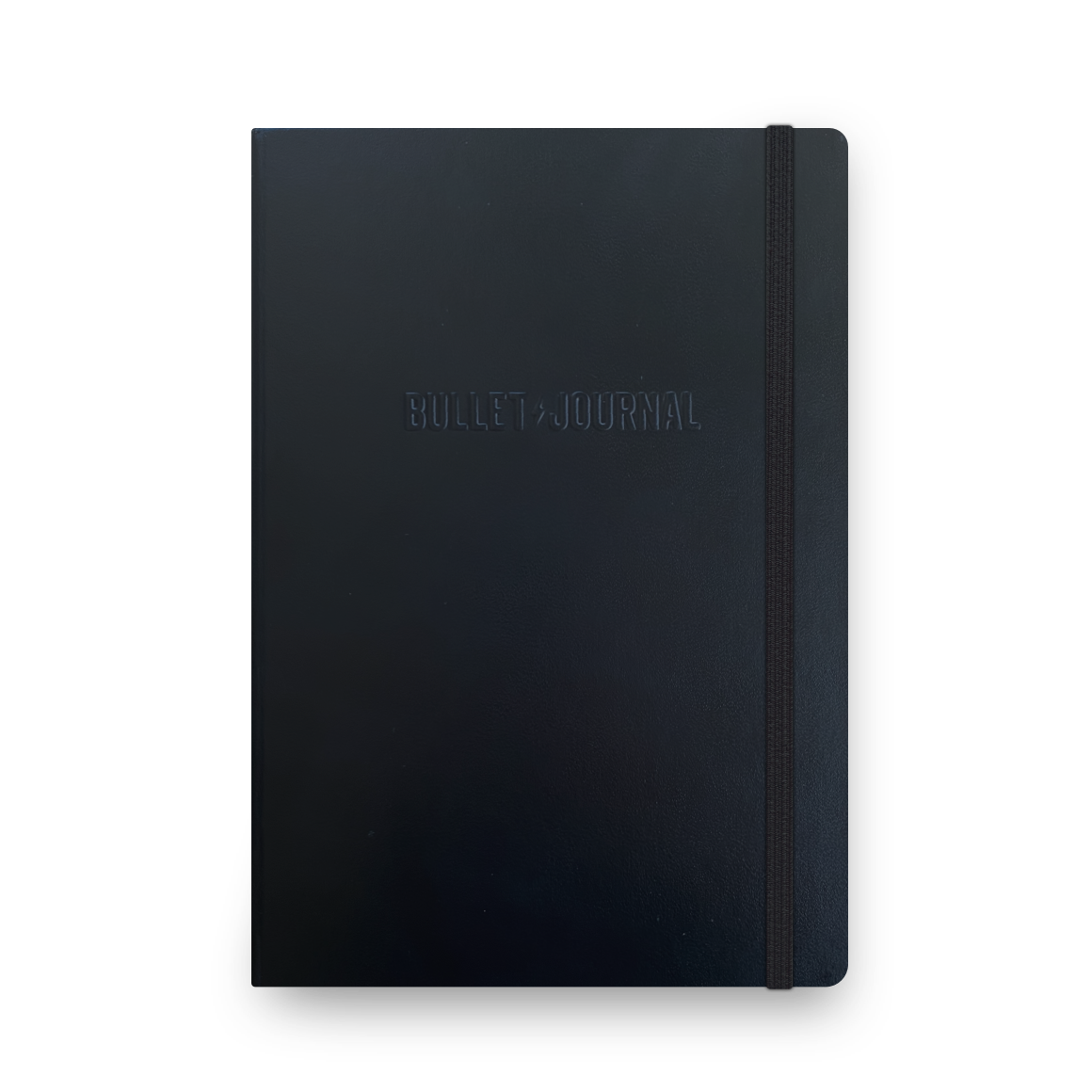As the year draws to a close, I wanted to share a little tradition of mine – The Yearly Migration. On the first day of January, I always start a brand new notebook. It is more than just a blank slate, it’s like moving homes. You’re off to a better place, leaving behind the junk, only keeping the things you love.With each notebook, I learn more about myself- what’s worked and what has not. I take these lessons and apply to them to the new notebook. This iterative process is actually how the Bullet Journal system came to be.
January 1st is the changing of the guard. Before breaking in the new book, I take some time to luxuriate though, and yes, sometimes commiserate with the old notebook. Time’s passed, life’s moved on, a lot has happened. I review the pages authored by who I was through the lens of who I am now. Invariably my “prescription” has changed, and with it, my focus.
I’m often asked, “what do you migrate into a new notebook?” The short answer is: only what still matters. Use December to close what David Allen wonderfully describes as “open loops” – tasks that keep nagging you or have become stagnant. But don’t try to shoe-horn in everything you didn’t get done throughout the year. There is enough to worry about during the holiday season. This is the time to edit down the things you’re working on. Have a lot of open tasks related to a specific project? Perhaps it’s time to take a step back and see if the project is worth it. Will it make you, or those you love happy? Same goes for lists. Do you really want to read every book on your reading list?
I had mentioned that I only transfer what still matters, but that doesn’t only apply to content, it also applies to the Collections. The Bullet Journal looks very different now than it did five years ago. One of the things that continues to make the system so effective is that it’s evolved alongside me. To this day, I experiment with new ways of doing things- especially now that the Bullet Journal method is supported by such a vibrant community. There are always clever new ideas to try out!
Once I’ve completed all this deliberation, the next phase of the tradition begins: gently breaking in the spine of the new notebook. After that’s done, I start to migrate collections into the new book. Rather than migrating every item, Kim Alvarez recently suggested a modified form of “Threading” that allows you to reference collections in old notebooks. To do this, simply number your old notebooks. Then, when you want to reference an old collection in your new notebook, write down the old notebook’s number followed by the page number of the collection. For example “7.125” would mean you’re referencing a collection in your 7th Bullet Journal on the 125th page.
Once the collections are settled, I’ll set up January’s monthly log and add any lingering tasks from the previous year. Finally I write the start and completion dates on the fore edge of the old notebook. It’s the final act before it’s added to my library of old notebooks.
So that’s my little tradition. If I had only one tip for you, it would be this: always simplify. Figure out ways to be less busy so that you can be more productive. As with all things Bullet Journal, do what works for you.
What will you change in your #bujo2016?
TL;DR: Yearly Migration:
– Close loops, but focus on weeding out your lists.
– Scope out your next journal so it will be ready January 1.
– January 1: Review and study your old notebook: what worked and what didn’t, ask yourself “what did I learn?”
– If you have a hardcover notebook, break it in.
– Transfer edited lists and Collections. Migrate only what still matters.
– Set up your January monthly log.
– Thank your old notebook and add it to your library.

